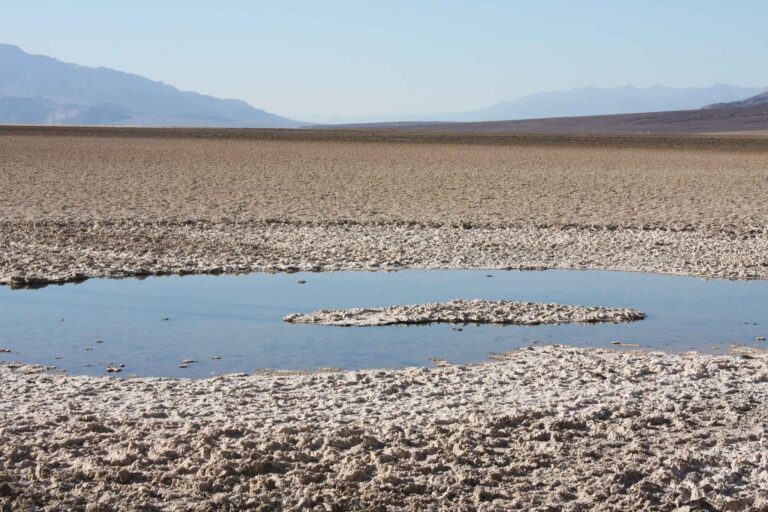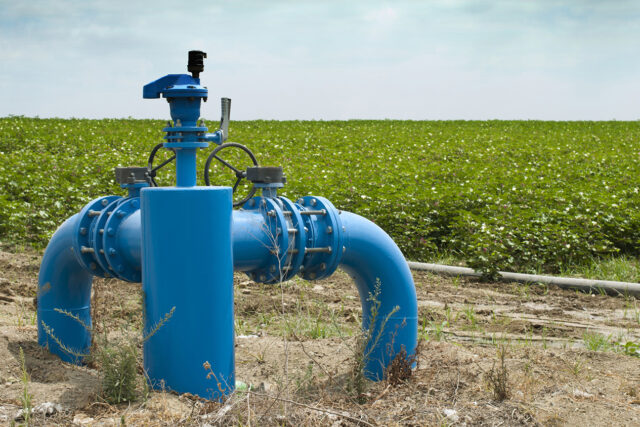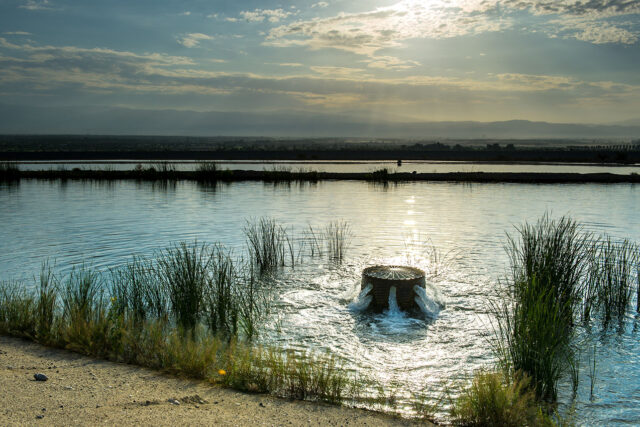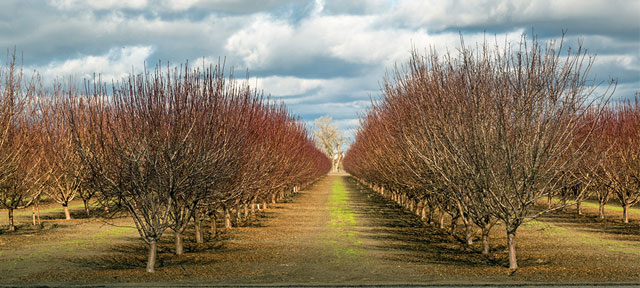In honor of World Water Day—its theme is “Groundwater—making the invisible visible”—we asked a handful of PPIC Water Policy Center senior staff to discuss groundwater and drought in California.
What should every Californian know about groundwater?
Jeff Mount: Groundwater is our drought reserve, but we tend to treat it like a regular part of our water supply. It’s usually 30% of our water supply, but during drought it’s more than 60%. The problem is that we don’t reserve enough for droughts and use too much during wetter periods.
Andrew Ayres: For a long time we treated groundwater like a property right, but it was a pretty lousy property right. A property right not only entitles you to access it but also excludes others from accessing it. That’s not what groundwater rights do in California. That is the source of many, if not all, of our groundwater problems.
JM: Now we’ve got the Sustainable Groundwater Management Act (SGMA), which requires that you use that property right in a sustainable way. This is certainly the most important change to the water code in a generation, if not the last hundred years.
Alvar Escriva-Bou: Yes, and it comes a hundred years after the state’s water code—which focused on surface water—was adopted. That code didn’t address groundwater—precisely because it was invisible! We’ve mismanaged groundwater for a hundred years. There’s a misperception that climate change is responsible for California’s water challenges, but while warming is making things worse, California’s groundwater problem started well before the climate began changing.
JM: The mismanagement started with the invention of more powerful groundwater pumps. We used to live on the water we had, which is why you had so much dryland farming in the San Joaquin Valley. Once we got new pumps, everything changed. From the 1920s on, we’ve managed groundwater unsustainably.
AEB: A California Department of Public Works document from 1927 shows that hundreds of thousands of acres were relying on unsustainable groundwater back then.
Ellen Hanak: That’s why we built the Central Valley Project, and then the State Water Project. Land was sinking! The San Joaquin Valley was a good place to farm if you could get water there, but the groundwater pumping got really unsustainable, really quickly.
Caity Peterson: I keep thinking about the World Water Day frame of “making the invisible visible.” One of the underlying reasons why groundwater’s been managed poorly over the past hundred years is because we can’t see it. One challenge is setting appropriate baselines for groundwater to know where our sustainable yields are. That’s hasn’t really been done very well in the past, except in basins that were adjudicated after everyone started suing each other. Measuring groundwater is a way of making it more visible.
AEB: Caity makes a great point. California has vast groundwater basins that can hold 20 times more water than our surface reservoirs, but most of this shouldn’t be tapped. We’ve taken out a lot more water than we’ve replaced.
EH: That’s how we’ve gotten to overdraft. There are places in the world that don’t have our groundwater reserves, so you run out of steam pretty quickly. Whereas in California, if you sink a well a little deeper, in most places you can find more water. That’s both a blessing and curse.
What do you wish for the future of California’s groundwater?
CP: I wish that, rather than viewing our efforts to attain sustainable groundwater as a burden, water users would view this as a time to reevaluate how we manage water and look towards more creative and functional solutions going forward. Can we bite the bullet and do it now, or will we wait until later, when it’ll really hurt?
AA: We need to account for water in the ground, monitor it, and understand what’s there. But we also need to make the currently invisible costs of withdrawing groundwater visible. That means pricing it, creating groundwater markets, and having institutional mechanisms that signal when we’re using too much.
JM: I wish we had the wet years of 1995-99 again. We need a breather. This has been such a brutal 22 years—climate change is hitting us so hard that it’s making it very difficult to bring groundwater basins into balance.
EH: But maybe there’s a silver lining here. Scarcity is going to push folks to put in place the formal mechanisms that make groundwater visible. It would have been impossible for local agencies to do that if we were in a really wet period. If they get groundwater allocation, monitoring, and pricing systems in place, and then we get some good wet years, so much the better. Those same tools will help agencies implement more effective groundwater recharge projects, too.
AEB: Eight years ago there was virtually no regulation of groundwater in California. Now we’re in this big, bad drought, and a lot of folks are complaining that we’ve passed SGMA and nothing’s been done. Actually, this is not correct. In just seven years, we’ve been able to put together groundwater sustainability agencies and develop and begin to implement groundwater plans. A few of these agencies even had groundwater pumping restrictions in 2021, and that’s a big step.





